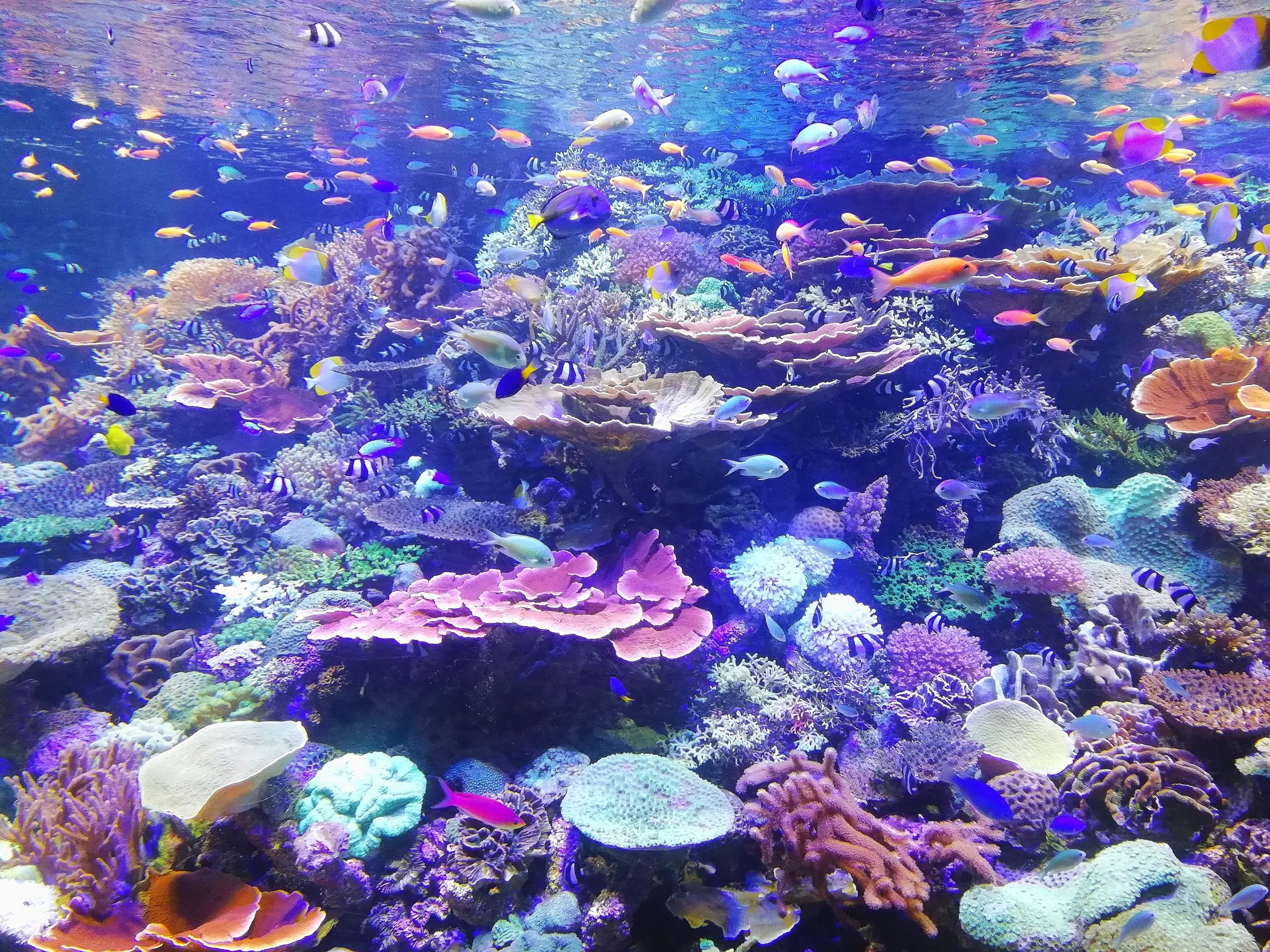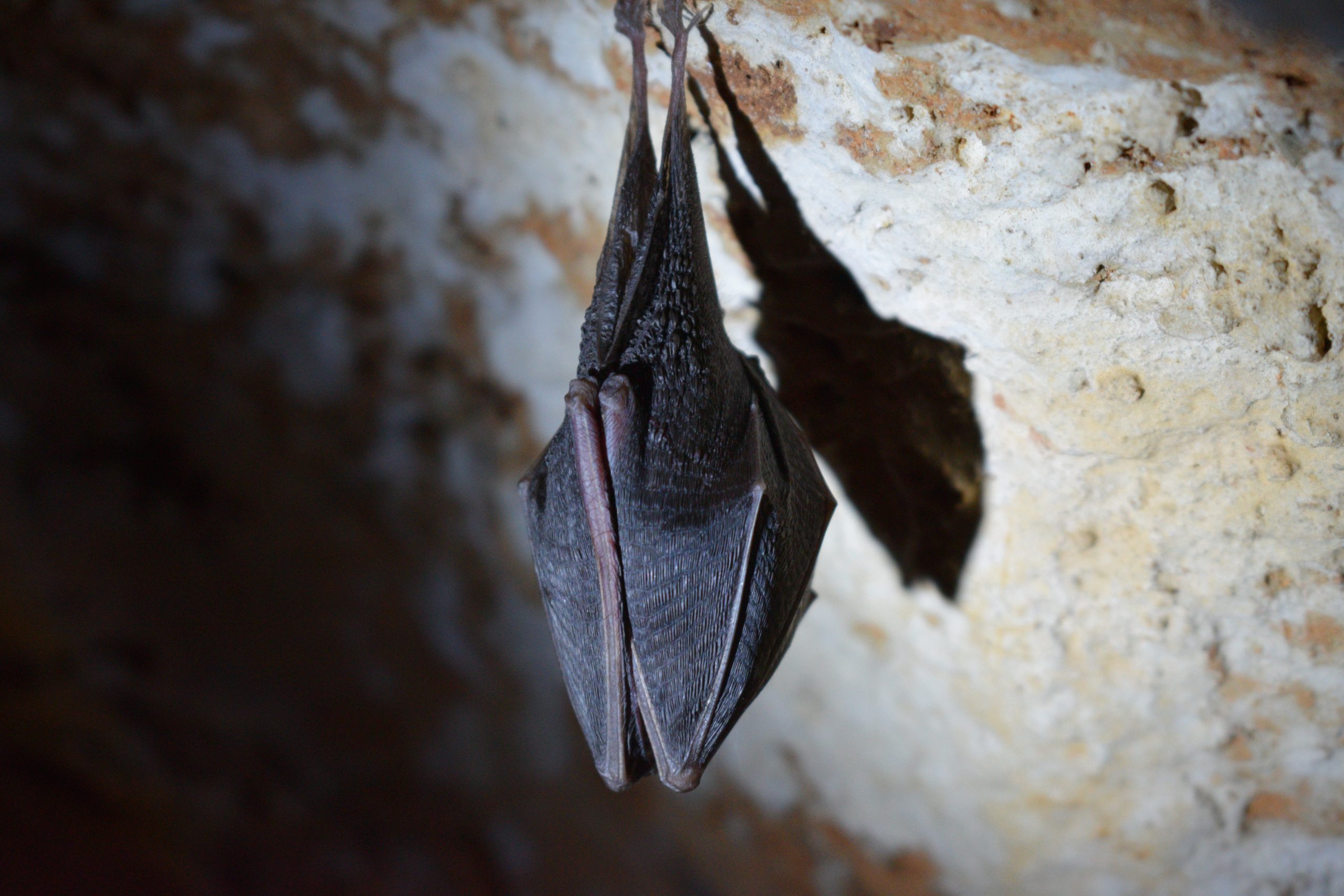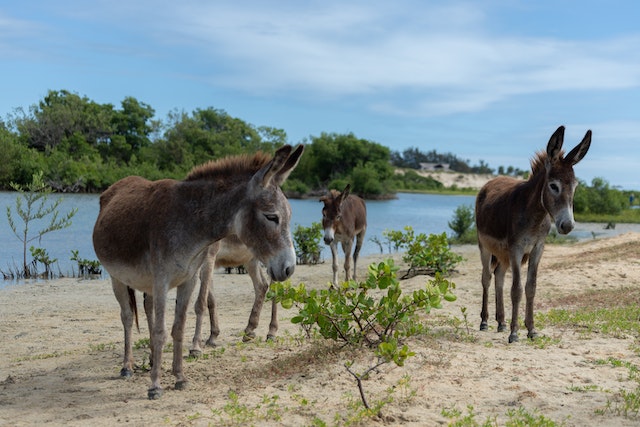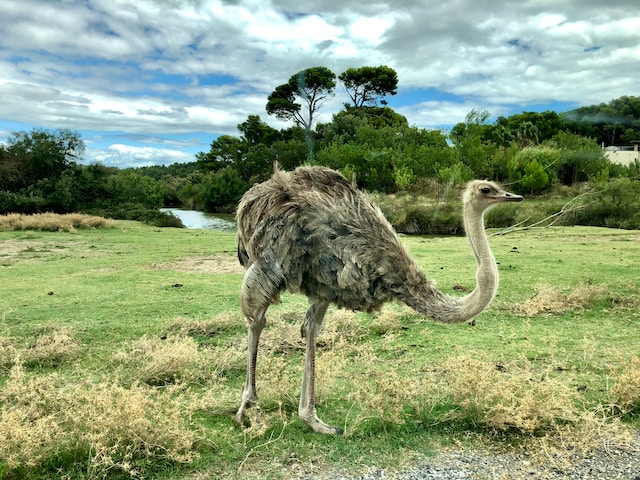I’d be happy to help you write an article about exploring the wonders of coral. Coral is a fascinating subject with many unique and beautiful characteristics that make it a popular attraction for scuba divers and marine enthusiasts alike. In this article, we’ll take a comprehensive look at the wonders of coral and explore some of the best ways to experience it.
First, it’s important to understand what coral actually is. Coral is a living organism that belongs to the same family as jellyfish and sea anemones. It’s made up of thousands of tiny, interconnected animals called polyps that secrete a hard, calcium carbonate exoskeleton. Over time, these exoskeletons accumulate and form massive coral reefs that can stretch for thousands of miles.
One of the most incredible things about coral is its vibrant and diverse coloration. Coral comes in a range of colors, from bright pinks and oranges to deep blues and greens. These colors are created by the symbiotic relationship between the coral polyps and tiny algae called zooxanthellae. The polyps provide shelter and nutrients to the algae, while the algae produce energy for the polyps through photosynthesis. This relationship creates a stunning array of colors that make coral reefs some of the most visually stunning environments on the planet.
So, how can you experience the wonders of coral for yourself? There are many ways to explore coral reefs, but one of the best is through scuba diving. Scuba diving allows you to get up close and personal with the coral, and to see the incredible variety of marine life that call the reef home. Some of the most popular dive sites include the Great Barrier Reef in Australia, the Red Sea in Egypt, and the Maldives in the Indian Ocean.
If you’re not a fan of diving, there are still plenty of ways to experience coral. Snorkeling is a great alternative that allows you to stay near the surface while still getting a glimpse of the stunning coral formations below. Glass-bottomed boats and underwater observatories are also great options for those who want to see the coral without getting wet.
Of course, it’s important to remember that coral is a fragile ecosystem that needs to be protected. Human activity, such as overfishing and pollution, can have devastating effects on coral reefs. As visitors to these ecosystems, it’s our responsibility to minimize our impact and protect these natural wonders for future generations.
In conclusion, coral reefs are some of the most beautiful and fascinating environments on the planet. From their vibrant coloration to their diverse marine life, there’s no shortage of wonders to explore. Whether you choose to dive, snorkel, or observe from a distance, there’s no denying the magic of coral. But with that magic comes responsibility, and we must all do our part to protect and preserve these incredible natural treasures.










